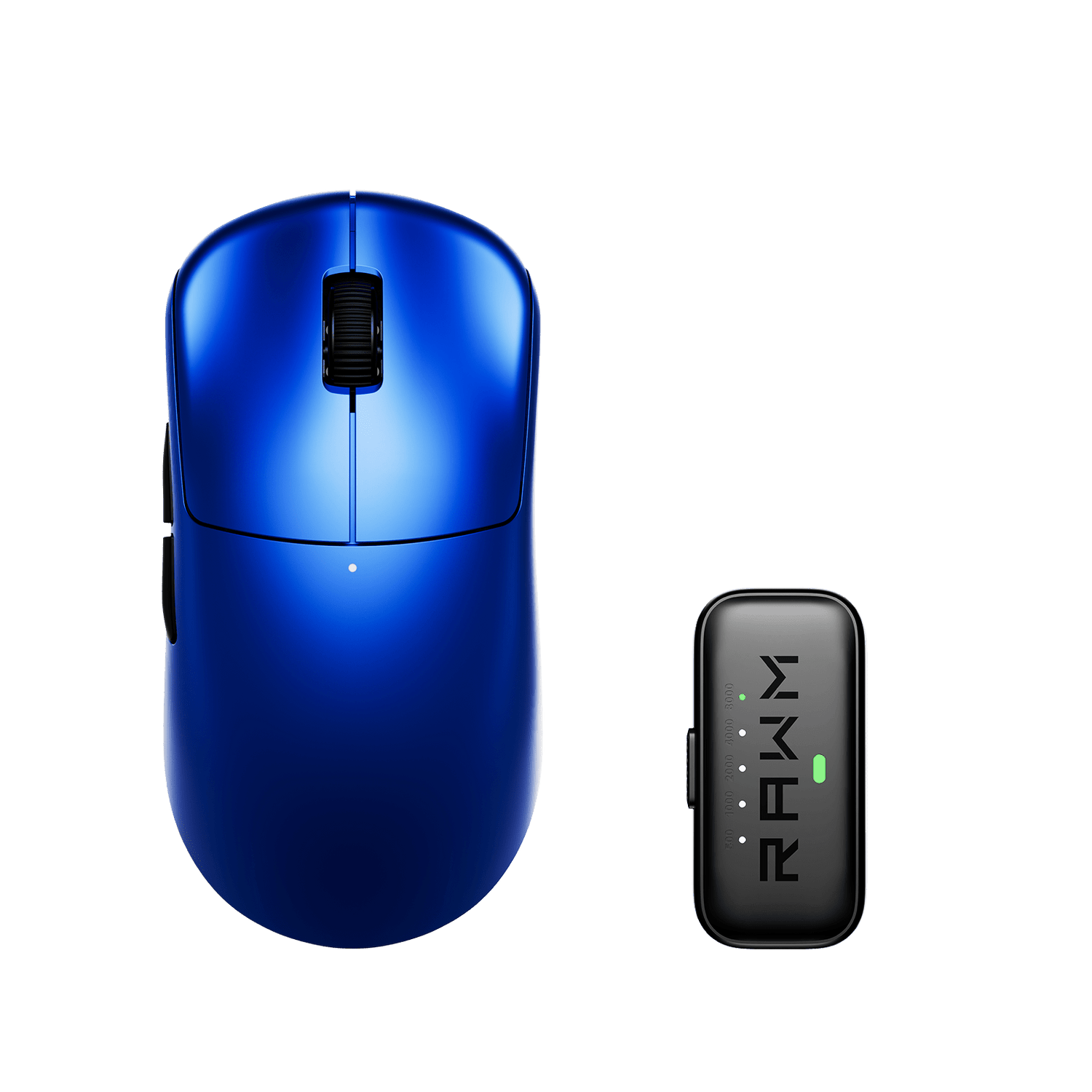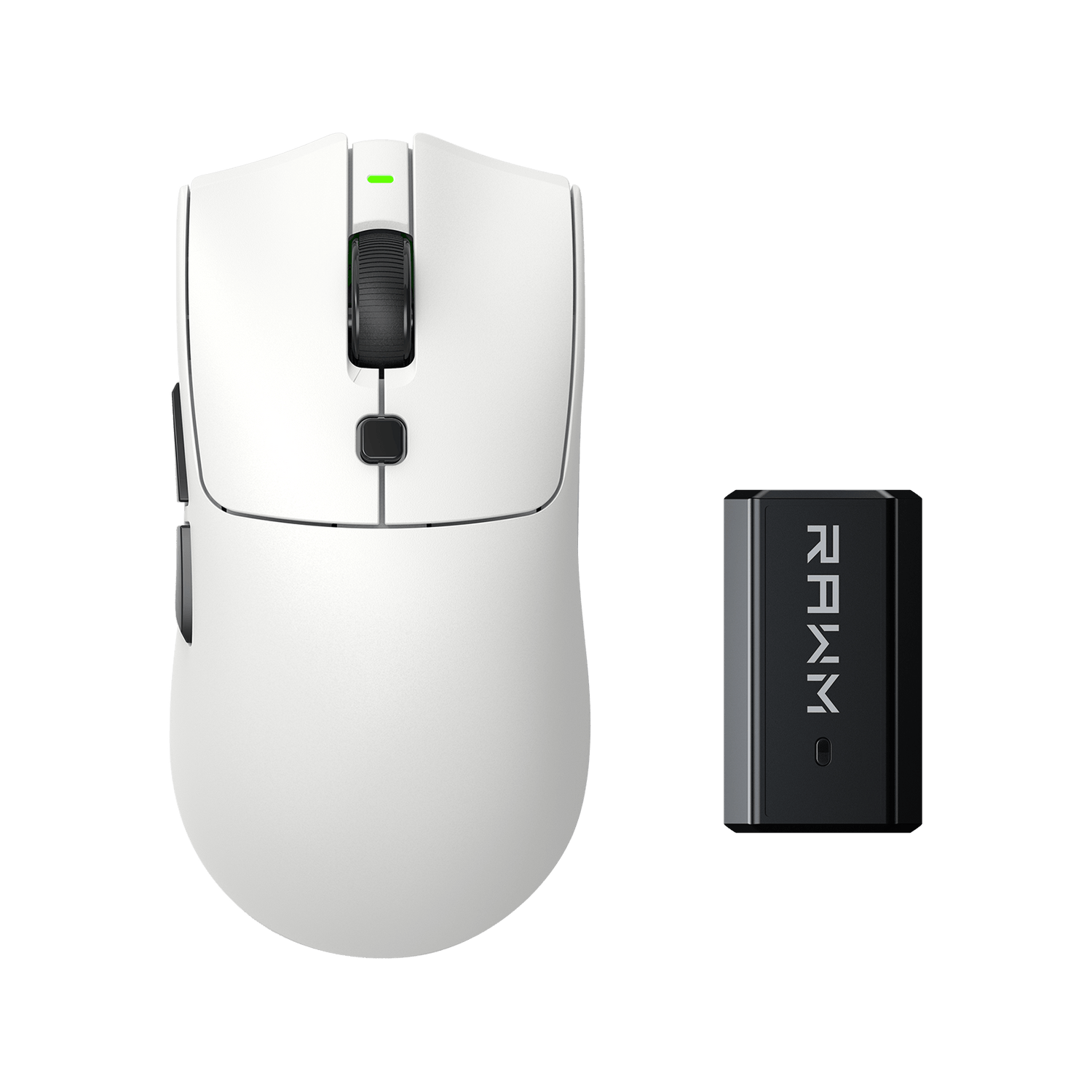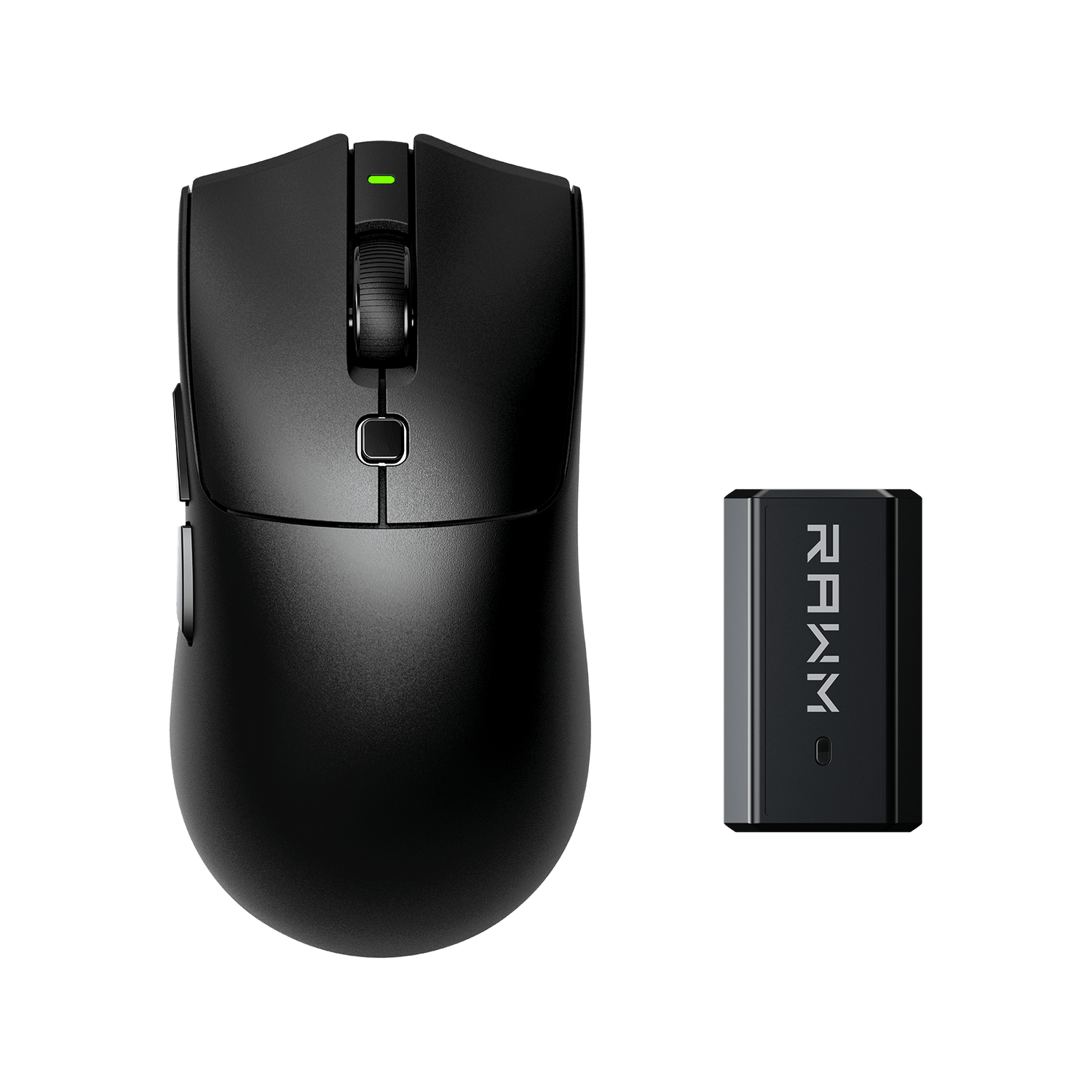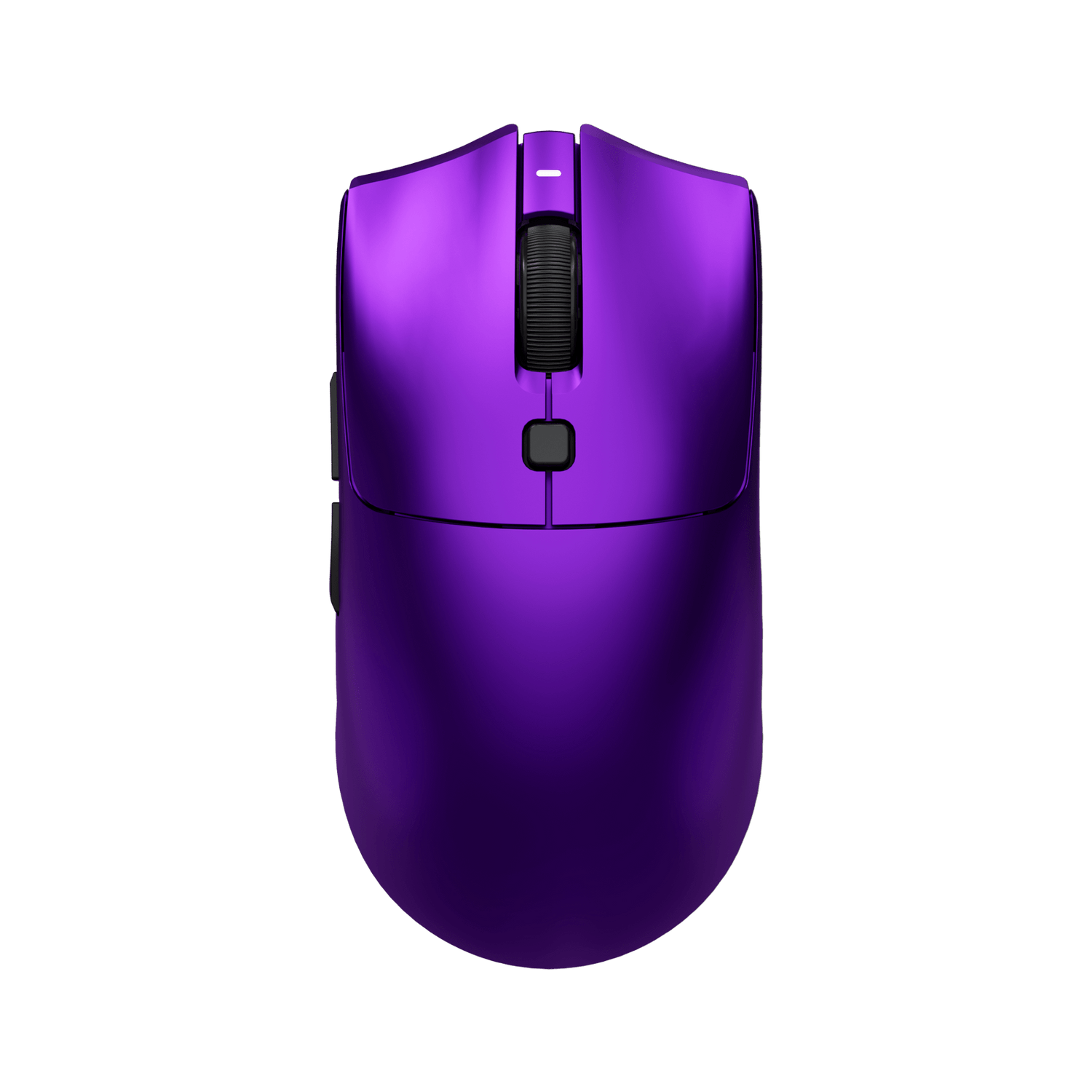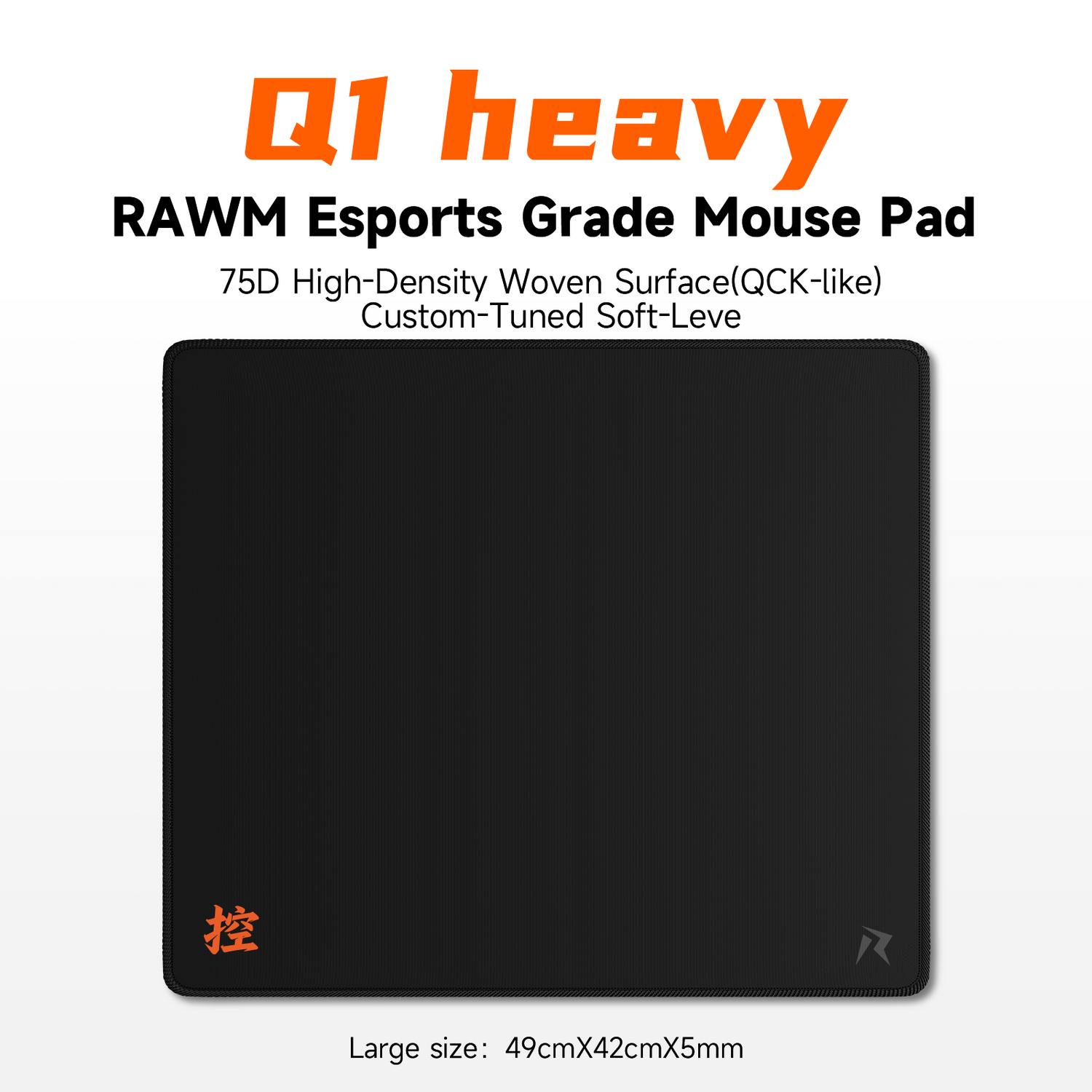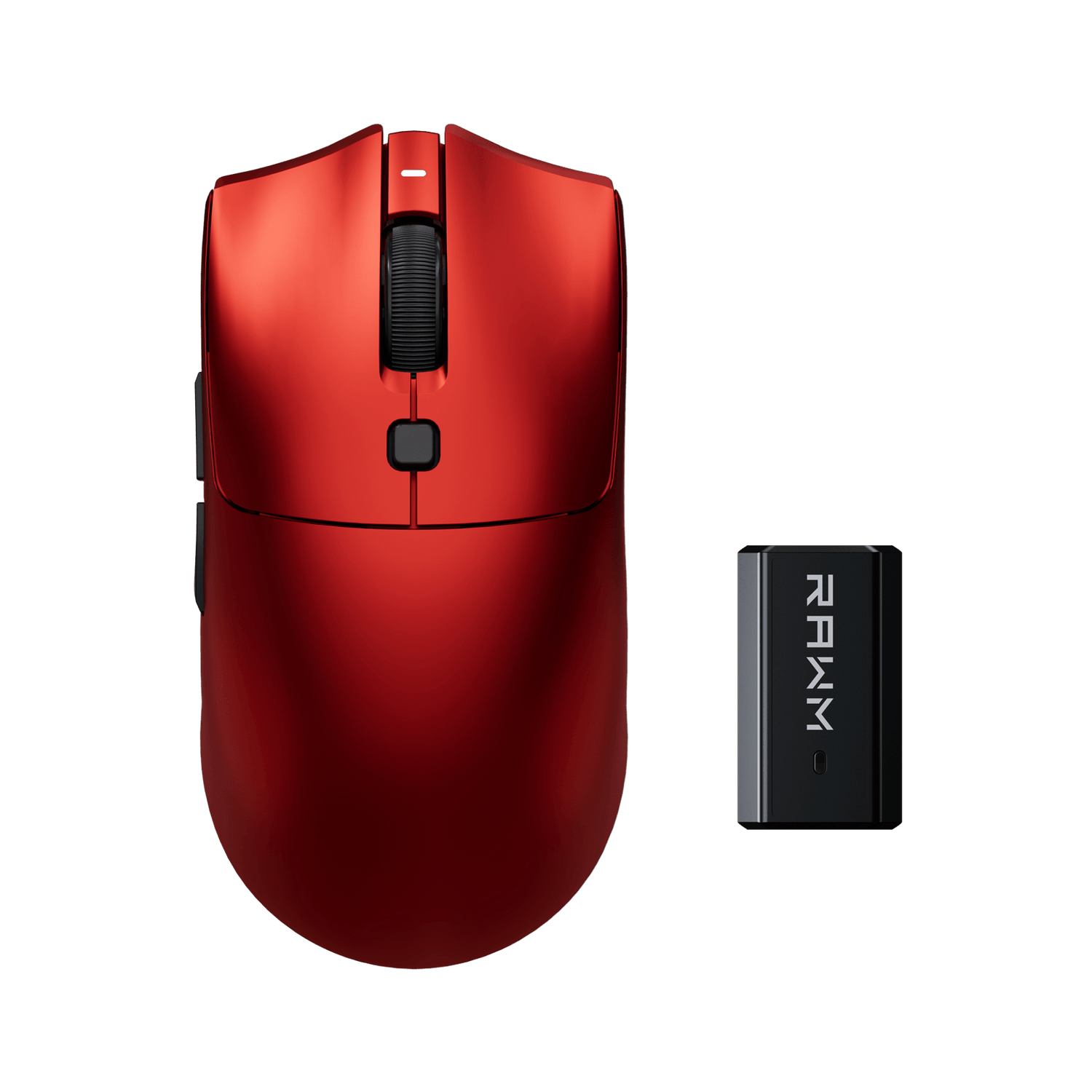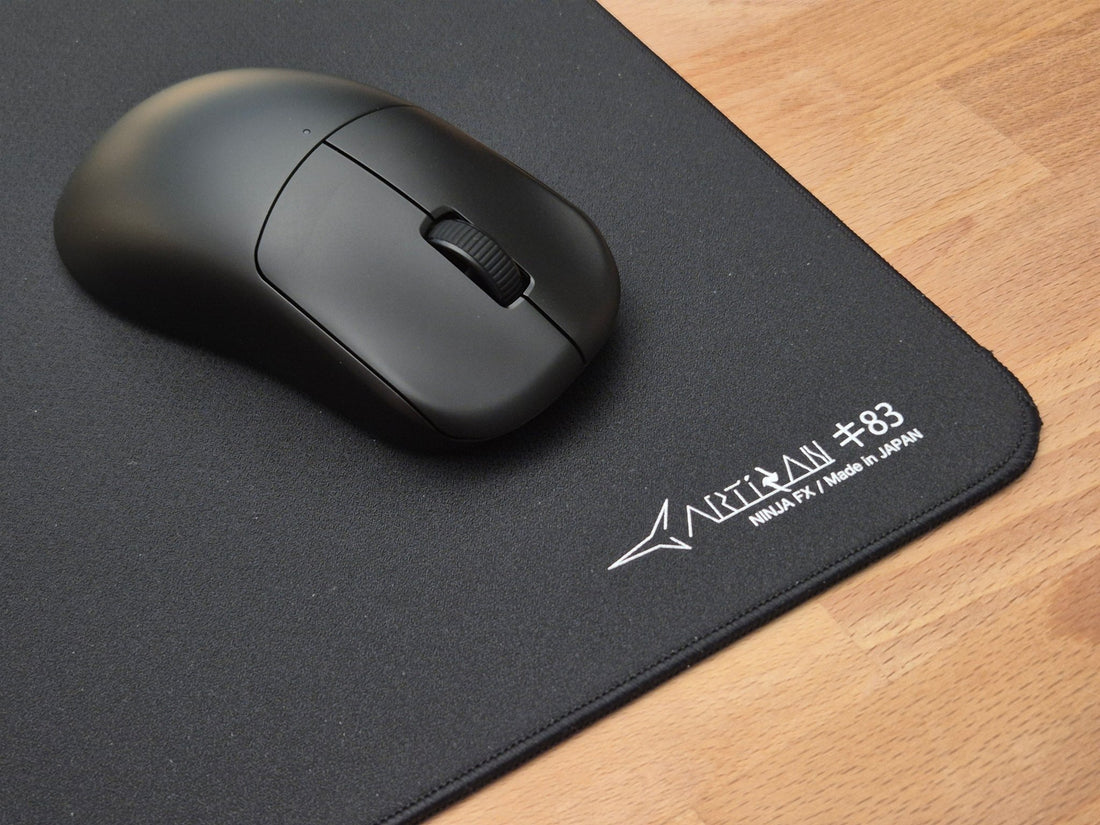
How to test sensor quality of your gaming mouse?
1. Understanding Gaming Mouse Sensor Accuracy
2. Why Gaming Mouse Sensor Accuracy Matters for Performance
3. How to Test Gaming Mouse Sensor Accuracy at Home
4. Factors That Influence Gaming Mouse Sensor Accuracy
5. Real-World Example: RAWM Leviathan V4 and Sensor Accuracy
6. Comparing Sensor Performance Across Different Gaming Mice
7. How to Improve Gaming Mouse Sensor Accuracy
When you buy a gaming mouse, one of the most important yet often overlooked factors is gaming mouse sensor accuracy. The accuracy of your mouse sensor determines how precisely your movements translate to on-screen actions. Even if you have the fastest reflexes, poor sensor quality can lead to jitter, spin-outs, and inconsistent aim.
Understanding and testing gaming mouse sensor accuracy can help you find out if your mouse performs up to the standards expected in modern gaming. Whether you’re a competitive FPS player or a casual gamer who values precision, learning how to test your mouse’s sensor will let you make smarter gear choices.
1. Understanding Gaming Mouse Sensor Accuracy
Before testing, you need to know what gaming mouse sensor accuracy really means. In simple terms, it refers to how faithfully your mouse translates physical movement into digital input without lag, jitter, or deviation.
Most gaming mice today use one of two sensor types:
| Sensor Type | Examples | Key Features | Common Use |
|---|---|---|---|
| Optical Sensor | PixArt 3395, 3950 | LED-based tracking, no surface reflection issues | FPS and esports mice |
| Laser Sensor | Avago 9800 | Works on more surfaces, but can show acceleration | Productivity or hybrid mice |
High-quality sensors like PixArt 3950 provide true 1:1 tracking—meaning every inch of movement on your desk equals consistent on-screen movement, without prediction or smoothing.
2. Why Gaming Mouse Sensor Accuracy Matters for Performance
The higher your gaming mouse sensor accuracy, the more consistent your aim becomes. Imagine trying to line up a sniper shot, but your crosshair drifts because your sensor slightly misinterprets your motion. Even a millisecond of inconsistency can ruin competitive gameplay.
Accurate sensors reduce:
-
Jitter: erratic cursor shaking due to sensor noise.
-
Angle snapping: artificial straight-line correction.
-
Input lag: delay between movement and on-screen response.
-
Spin-outs: sensor confusion during fast flicks.
When tested properly, a good mouse will show minimal deviation across DPI levels, stable lift-off distance, and consistent polling response — all indicators of gaming mouse sensor accuracy.
3. How to Test Gaming Mouse Sensor Accuracy at Home
You don’t need expensive lab tools to measure gaming mouse sensor accuracy. Here are three reliable methods you can use right now:
A. The Paint Test
-
Open a drawing app like Paint.
-
Draw slow and fast diagonal lines.
-
Check for smoothness and straightness.
If your lines look shaky or uneven, your sensor may show jitter.
B. Mouse Tester Software
Download tools such as MouseTester, Enotus Mouse Test, or Razer’s Mouse Rate Checker.
These programs show graphs for:
-
CPI (Counts per inch) stability
-
Polling rate consistency
-
Tracking path deviation
If the graph lines are smooth with no random spikes, your mouse demonstrates solid gaming mouse sensor accuracy.
C. Real Game Testing
The most realistic method is in-game testing. Use a familiar aim trainer (like Kovaak’s or Aim Lab) and observe whether small micro-adjustments and fast swipes feel predictable. If tracking feels natural and repeatable, the sensor accuracy is excellent.
4. Factors That Influence Gaming Mouse Sensor Accuracy
Even the best sensors can perform poorly if surrounding conditions are bad. Here are key factors that affect gaming mouse sensor accuracy:
| Factor | Impact | Recommendation |
|---|---|---|
| Surface texture | Glossy or uneven pads cause tracking loss | Use a high-quality cloth or hybrid mouse pad |
| DPI settings | Extremely high DPI introduces noise | Stay between 800–1600 for esports |
| Lift-off distance | Too high causes cursor drift | Keep it around 1.0–1.5mm |
| Firmware smoothing | Adds artificial delay | Choose “raw input” in settings |
| Cable drag / wireless interference | Affects signal consistency | Opt for paracord cables or modern wireless SoCs |
5. Real-World Example: RAWM Leviathan V4 and Sensor Accuracy
To see perfect gaming mouse sensor accuracy in action, look at the RAWM Leviathan V4 — a pro-grade wireless mouse designed for precision gamers.
This model uses the PixArt PAW3950 optical sensor combined with the Nordic nRF54L15 wireless chipset. The result is true 1:1 tracking, extremely low latency, and zero acceleration even during rapid flicks.
In internal benchmarks, Leviathan V4 achieved:
| Metric | Result | Industry Average |
|---|---|---|
| Polling Rate Stability | 1000Hz ±1% | ±5% |
| CPI Deviation | <1% | 3–5% |
| Latency (Wireless) | 1.3ms | 2.5ms |
| Tracking Accuracy | 99.8% | 96% |
These numbers show why the Leviathan V4 is a benchmark example of gaming mouse sensor accuracy done right.
6. Comparing Sensor Performance Across Different Gaming Mice
When evaluating different mice, always look for data related to sensor tracking efficiency and error rates.
Here’s a simplified comparison chart for illustration:
| Mouse Model | Sensor | Max DPI | Tracking Accuracy | Acceleration-Free? |
|---|---|---|---|---|
| RAWM Leviathan V4 | PixArt 3950 | 45,000 | ★★★★★ (99.8%) | Yes |
| Logitech G Pro X Superlight 2 | HERO 2 | 32,000 | ★★★★★ | Yes |
| Razer DeathAdder V3 Pro | Focus Pro 30K | 30,000 | ★★★★★ | Yes |
| Cooler Master MM712 | PixArt 3395 | 26,000 | ★★★★☆ | Yes |
While all these mice perform well, the Leviathan V4 stands out for its balance of performance, stability, and price-to-value ratio—proof that well-optimized sensors matter more than exaggerated DPI numbers.
7. How to Improve Gaming Mouse Sensor Accuracy
If your sensor isn’t performing perfectly, here’s how to improve it:
-
Use a clean surface: Dust or pad debris can confuse the lens.
-
Update firmware: Manufacturers often optimize sensor calibration via updates.
-
Avoid reflective surfaces: Glass and glossy finishes scatter light irregularly.
-
Enable raw input: Disable OS-level smoothing or acceleration in Windows settings.
-
Check polling rate: Ensure your mouse runs at 1000Hz for minimal delay.
Doing these steps can instantly improve gaming mouse sensor accuracy without needing to buy new hardware.
Your mouse’s sensor accuracy defines how naturally your aim feels. Even small inconsistencies can cause frustration in fast-paced shooters or precise design work. Testing your mouse’s performance helps you determine whether it meets your personal standards or if it’s time for an upgrade.
For anyone serious about precision and control, choosing a mouse like the RAWM Leviathan V4—equipped with the PixArt 3950 and Nordic nRF54L15—is one of the most effective ways to guarantee unmatched gaming mouse sensor accuracy.
Have you ever noticed tracking inconsistencies or jitter when playing competitive games?
Try running a simple Paint or MouseTester analysis and share your results—how accurate is your gaming mouse sensor?
>>See also Do All Mice Let You Disable Acceleration? >>>>>



